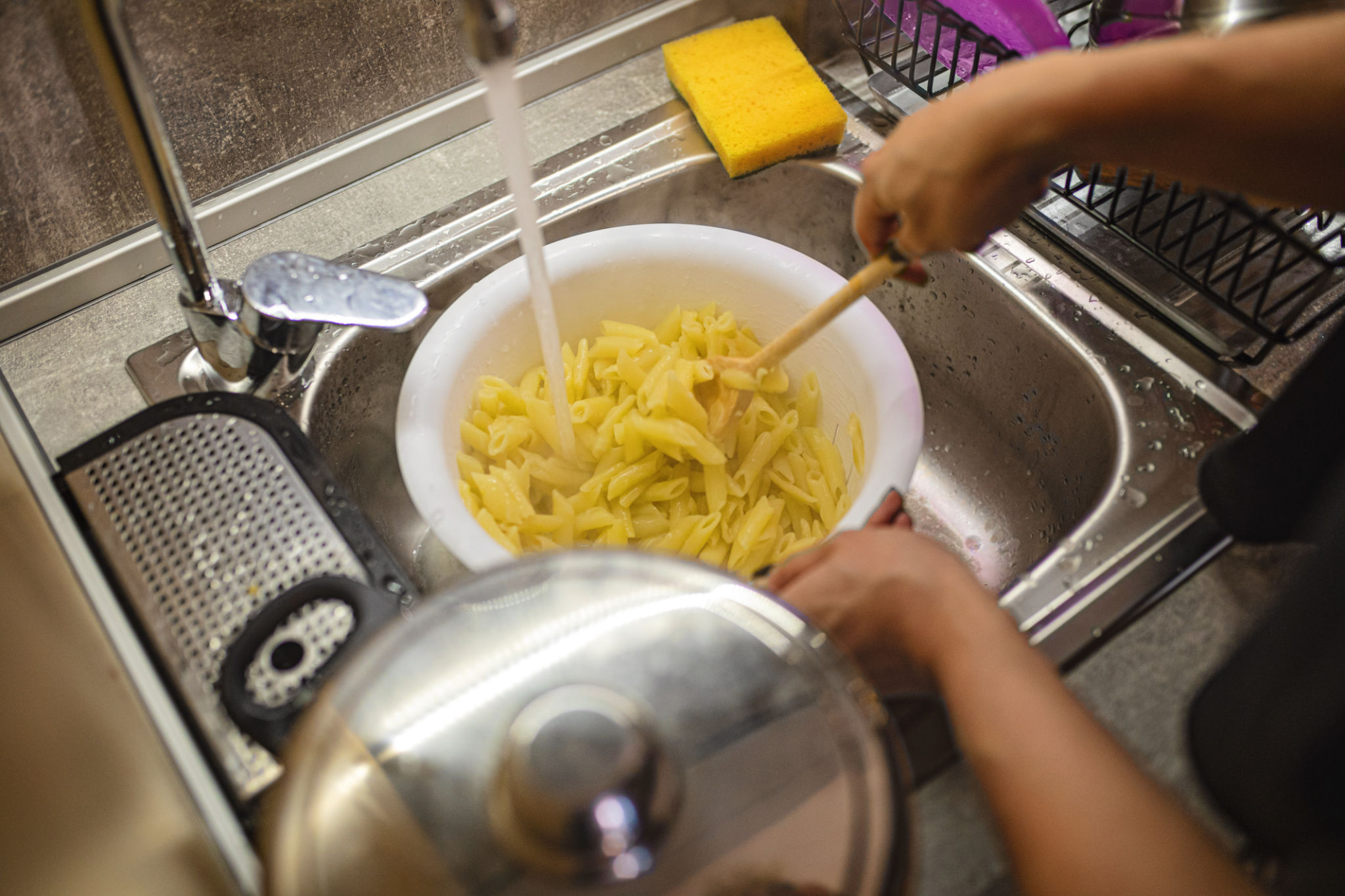Myth-Busting: Common Misconceptions About Cooking Pasta
Myth 1: Adding Oil to Boiling Water Prevents Sticking
Many people believe that adding oil to the pasta water will prevent the noodles from sticking together. While it might seem logical, this is actually a misconception. The oil tends to float on the surface of the water and doesn't mix with the pasta. Instead, it can coat the pasta when drained, making it difficult for sauce to adhere properly. The best way to prevent sticking is to stir the pasta occasionally while it cooks.

Stirring: The Real Solution
Stirring the pasta during cooking, especially in the first few minutes, is crucial. This simple action ensures that the pasta moves around in the pot and doesn't have a chance to stick together. For added assurance, ensure you use a large pot with plenty of water, allowing the pasta ample space to move.
Myth 2: Rinsing Pasta After Cooking Is Necessary
Another common misconception is that rinsing pasta after cooking is a must. While rinsing does cool down the pasta and remove some of the starch, this isn't always beneficial. The starch on the surface helps sauces cling better to the noodles, providing a more flavorful dish.

When Rinsing Is Appropriate
There are exceptions to this rule. If you're making a cold pasta salad or using the pasta in a dish that requires it to be served cold, rinsing can help cool the pasta quickly and stop the cooking process. However, for warm dishes, it's best to skip this step.
Myth 3: Salted Water Makes Pasta Tough
Some believe that adding salt to boiling water makes pasta tough. In reality, salting the water is essential not only for flavor but also for improving the texture of the pasta. Salted water seasons the pasta from within, enhancing its taste significantly.

How Much Salt Is Enough?
A good rule of thumb is to add about 1-2 tablespoons of salt per gallon of water. This might seem like a lot, but much of it won't be absorbed by the pasta. Instead, it ensures that your pasta has a rich flavor that complements any sauce.
Myth 4: Fresh Pasta Is Always Superior to Dried Pasta
While fresh pasta has its place in certain dishes, it isn't inherently better than dried pasta. Each type has its own unique qualities and best uses. Fresh pasta is softer and cooks faster, making it ideal for delicate sauces and fillings.

Dried Pasta: A Versatile Staple
Dried pasta, on the other hand, is sturdy and holds up well in hearty dishes with robust sauces. It's also more convenient for long-term storage and offers a variety of shapes and textures that can enhance different meals.
Conclusion: Enjoying Pasta Without Misconceptions
Understanding these common misconceptions can improve your cooking experience and lead to better-tasting pasta dishes. By focusing on proper techniques like stirring, not rinsing unnecessarily, and adequately salting your water, you can enjoy your pasta just as it was intended—deliciously!